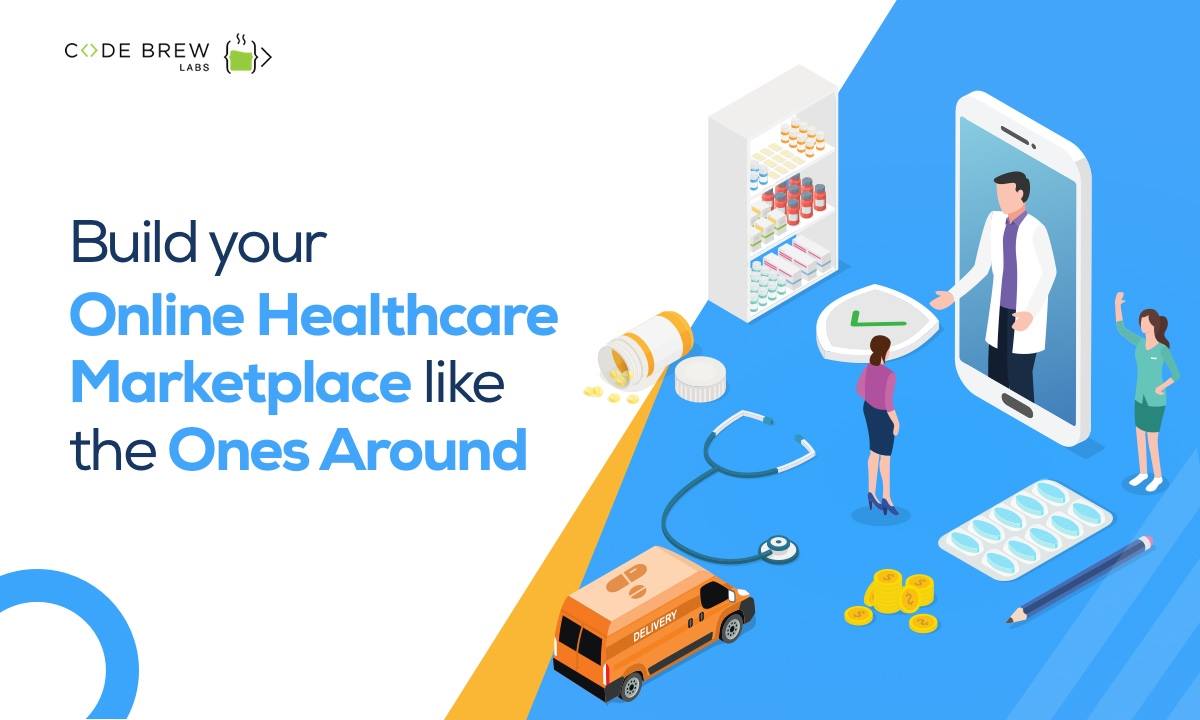The Rise of Subscription-Based Medical Care and Its Influence On Person Care
As healthcare progresses, the subscription-based version is gaining grip, assuring to revolutionize client care by using predictability and ease of access. These versions, which bypass conventional insurance policy, could redefine the patient-doctor dynamic, stressing tailored and preventative care. As with any kind of technology, they provide obstacles, specifically worrying equitable gain access to for all socioeconomic teams. The possibility for these designs to improve medical care shipment increases pressing questions regarding their long-lasting sustainability and inclusivity. Are these membership services the future of healthcare, or do they risk leaving vulnerable populations behind? The ins and outs of this change warrant a better evaluation.
Recognizing Registration Medical Care Models
Realizing the idea of registration healthcare versions involves analyzing a transformative strategy to medical solutions that emphasizes price and access. These versions, typically referred to as direct health care (DPC) or attendant medication, have arised as ingenious choices to typical fee-for-service health care systems. Subscription health care permits clients to pay a set monthly or annual cost for a defined set of clinical solutions, which may consist of limitless office brows through, routine exams, and basic laboratory examinations, without the demand for traditional insurance coverage billing.
The structure of registration health care models is created to simplify individual treatment by eliminating third-party payers and intricate billing codes, thus lowering administrative concerns. Health care providers can focus extra on person care, cultivating more powerful patient-provider partnerships. This version likewise promotes preventative care by motivating normal visits, as the financial barrier of per-visit fees is gotten rid of.
The registration version typically equips doctor to manage smaller sized person panels, enabling even more tailored treatment. It lines up financial rewards with person wellness end results, as providers are inspired to preserve patient fulfillment and health. Generally, comprehending membership health care models calls for acknowledging their potential to improve just how treatment is delivered and accessed.
Advantages for People and Carriers

For providers, subscription-based models use the possibility to deepen patient-provider relationships. With a constant revenue stream, health care experts can devote even more time per person, causing an extra detailed and personalized care experience. This version also lowers dependence above patient volumes, minimizing exhaustion and improving work satisfaction. The focus on preventive treatment within subscription strategies can lead to much better patient results and decreased lasting healthcare prices. By concentrating on continual treatment, companies can resolve concerns before they rise, ultimately benefiting the medical care system in its entirety by reducing the problem on emergency situation and intense treatment services.
Problems and difficulties
While subscription-based health care models present countless advantages, they additionally come with a set of difficulties and problems that have to be addressed. This raises honest inquiries regarding equitable access to medical care services.
Financial sustainability of subscription-based models is another problem. Service providers must stabilize the fixed revenue from registrations with the variable costs of health care services, which might fluctuate as a result of unexpected medical requirements. This can create pressure to limit solutions or increase costs, possibly influencing patient satisfaction and care quality.
Furthermore, regulative oversight of subscription-based medical care designs is still developing. The lack of standard frameworks can cause irregular solution high quality and responsibility, complicating efforts to make sure individual defense. The assimilation of innovation-- often a foundation of these versions-- increases inquiries regarding data personal privacy and safety and security, as sensitive patient information might be vulnerable to violations. Attending to these obstacles is essential for the fair and effective application of subscription-based healthcare.
Influence On Patient-Doctor Relationships
One significant influence of subscription-based medical care versions on patient-doctor relationships is the capacity for enhanced continuity and personalized treatment. By adopting a registration model, doctors can manage a smaller sized patient panel, allowing for even more devoted time with each individual. This boosted availability fosters a much deeper understanding of a patient's clinical background, way of living, and choices, enabling much more tailored therapy plans and treatments.

Nevertheless, it is important to recognize that while subscription-based models might benefit those that can manage them, they could inadvertently expand health care disparities. Patients that are not able to take part in these click over here now models may experience lower accessibility to personalized care, potentially influencing their relationships with medical care carriers. Therefore, while the membership model supplies appealing advantages for patient-doctor connections, it likewise positions difficulties that require to be resolved to make sure equitable medical care gain access to.
Future of Health Care Gain Access To

The duty of technology can not be overlooked in this change. Telemedicine systems and digital health and wellness records promote seamless interaction in between people and doctor, breaking down logistical and geographical obstacles. In addition, advancements in man-made knowledge and information analytics can further customize clinical treatment by predicting patient needs and maximizing therapy strategies.
Nonetheless, the future of healthcare access also provides obstacles, such as guaranteeing equity across various socio-economic teams. Policymakers and medical care carriers must collaborate to connect the electronic divide, making sure that subscription-based models remain inexpensive and inclusive. As these systems develop, they hold the assurance of making healthcare more accessible, efficient, and patient-centric.
Conclusion
Subscription-based medical care versions are reshaping patient treatment by offering a secure expense structure and enhancing accessibility. These designs reinforce patient-provider connections via personalized care and regular visits, emphasizing preventative wellness. Regardless of these advantages, difficulties such as ease of access issues for low-income populations and the need for equitable health care solutions linger. The surge of subscription-based health care urges aggressive patient involvement, which has the possible to boost person results and complete satisfaction, signaling a transformative change in medical care delivery.
As medical care progresses, the subscription-based version is getting grip, promising to revolutionize individual treatment by using predictability and availability.Subscription-based healthcare designs use unique benefits for both providers and individuals, enhancing the total health care experience.As medical care systems evolve, additional resources the future of healthcare gain access to frequently hinges on the assimilation of ingenious models and technologies.Subscription-based healthcare designs are improving person treatment by supplying a secure expense framework and boosting ease of access. The increase of subscription-based health care motivates positive patient interaction, which has the prospective to enhance patient end results and contentment, signaling a transformative shift in healthcare distribution.